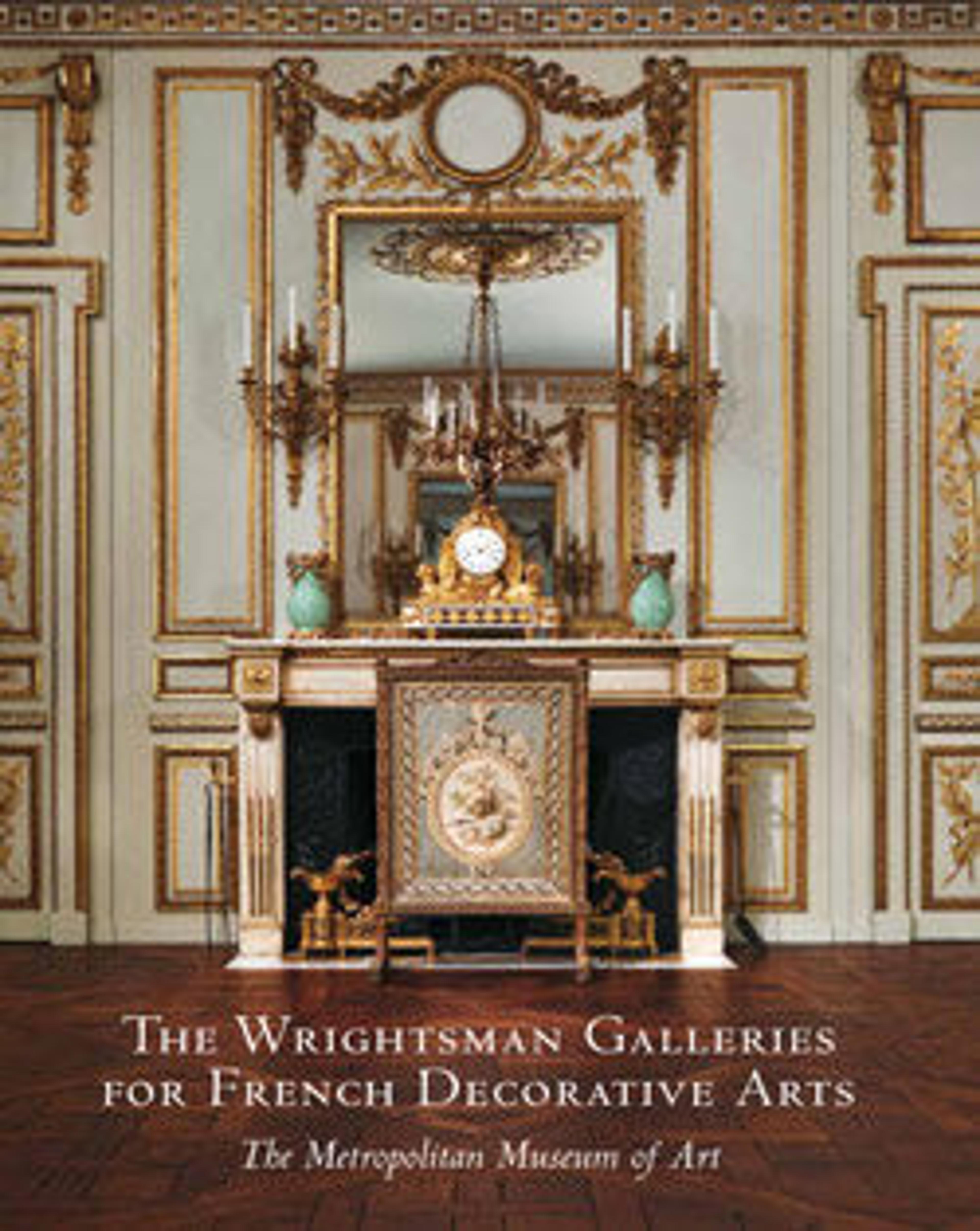Commode (Secrétaire à abattant)
The history of these famous pieces of furniture is remarkably well documented. Marie-Antoinette frequently changed the decor of her private rooms, and in 1787 she had the commode and secretary sent from Versailles to her new summer palace at Saint-Cloud. Both pieces left the royal collections when they were given in lieu of payment for his services during the Revolution to Abraham Alcan, a contractor of supplies for the army of the Rhine and Moselle. During the nineteenth century, the queen's secretary and commode were part of several notable British collections. George Watson Taylor (1770 - 1841) kept them at his country house, Erlestoke Park, in Wiltshire, and later they belonged to the dukes of Hamilton. At the famous Hamilton Palace sale of 1882 the royal pieces were acquired for Mrs. William Kissam Vanderbilt (1853 - 1933 ), one of the reigning society hostesses of New York City, for her mansion on Fifth Avenue. Her daughter Consuelo Vanderbilt Balsan (1877 - 1964) remembered Marie-Antoinette's lacquer secretaire and commode standing in the white drawing room, which was hung with a set of Boucher tapestries. [2]
Footnotes
1. Mercy-Argenteau 1770 . 80 .1874, vol. 1, p. 75.
2. Balsan 1952, p. 11.
Artwork Details
- Title:Commode (Secrétaire à abattant)
- Maker:Jean Henri Riesener (French, Gladbeck, North Rhine-Westphalia 1734–1806 Paris)
- Date:1783
- Culture:French, Paris
- Medium:Oak veneered with ebony and 17th-century Japanese lacquer; interiors veneered with tulipwood, amaranth, holly, and ebonized holly; gilt-bronze mounts; marble top; velvet (not original)
- Dimensions:H. 36-3/4 x W. 56-1/2 x D. 23-1/2 in. (93.3 x 143.5 x 59.7 cm)
- Classification:Woodwork-Furniture
- Credit Line:Bequest of William K. Vanderbilt, 1920
- Object Number:20.155.12
- Curatorial Department: European Sculpture and Decorative Arts
Audio
2263. Commode, Part 1
NARRATOR: The black-and-gold lacquer commode in this room, and the matching secretary on the opposite wall, have been called the most famous pieces of 18th-century furniture outside France. Marie Antoinette commissioned them and another piece, now lost, from the eminent cabinetmaker Jean-Henri Riesener. They were for her grand cabinet intérieur at Versailles. There, she displayed a collection of Asian lacquer boxes inherited from her mother, the late Austrian Empress Maria Theresia. She must have asked Riesener to embellish the pieces here with Japanese lacquer to match her mother’s prized collection. Asian lacquer had long enthralled Europeans, with its lustrous black surface poetically sprinkled with gold. The lacquer here probably came from an older piece imported from Japan. And only a skilled cabinetmaker like Riesener could remove the existing lacquer panels, then bend them to the curved surface of these newer pieces without splitting them. The commode and secretary . . .
DANIËLLE KISLUK-GROSHEIDE: . . . have been decorated with the most beautiful gilt bronze mounts that you will ever encounter. NARRATOR Curator Daniëlle Kisluk-Grosheide.
DANIËLLE KISLUK-GROSHEIDE: All these swags of flowers, the little ribbon handles were created by special metalworkers. . . . And have been placed on top of the surface really functioning as the jewelry to these pieces of furniture.
NARRATOR: Take a moment here. And don’t forget to notice Marie Antoinette’s monogram in the top frieze, encircled by luxuriant floral sprays. To hear about Marie Antoinette and Riesener, press play.
Listen to more about this artwork
More Artwork
Research Resources
The Met provides unparalleled resources for research and welcomes an international community of students and scholars. The Met's Open Access API is where creators and researchers can connect to the The Met collection. Open Access data and public domain images are available for unrestricted commercial and noncommercial use without permission or fee.
To request images under copyright and other restrictions, please use this Image Request form.
Feedback
We continue to research and examine historical and cultural context for objects in The Met collection. If you have comments or questions about this object record, please contact us using the form below. The Museum looks forward to receiving your comments.
